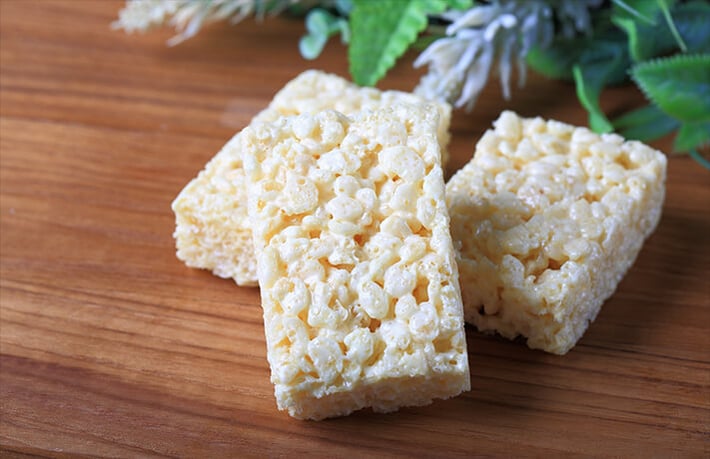 Food manufacturers are facing a dilemma. Current food trends indicate that consumers want wholesome, nutritional, sustainable, natural, ethically sourced and easy-to-pronounce ingredients on their labels. That’s quite a list, and that lineup alone can be a major application challenge. Add to that the enduring trend that demands convenience and value, and some manufacturers are left in a quandary.
Food manufacturers are facing a dilemma. Current food trends indicate that consumers want wholesome, nutritional, sustainable, natural, ethically sourced and easy-to-pronounce ingredients on their labels. That’s quite a list, and that lineup alone can be a major application challenge. Add to that the enduring trend that demands convenience and value, and some manufacturers are left in a quandary.
Traditional natural ingredients in formulations, such as cage-free eggs, milk, butter, cream and cheese, can experience major price fluctuations, resulting in great profit margins one month and potential losses the next. If there’s one thing manufacturers want to avoid when forecasting budgets, it’s unpredictable ingredient costs.
Milk alone reached all-time highs near $25 per hundred weight in 2014, then half that much in 2016, then back up again. Avian flu outbreaks in the past couple years also resulted in skyrocketing egg prices. Other cost considerations with traditional ingredients such as refrigeration and storage requirements, disruptive supply chains, regulation compliance and more add to the pricing predicament.
Thinking Outside the Box
Some of the ingredient alternatives of the past no longer conform with the demands for clean labels. Consumers are reading nutritional information in grocery aisles and placing products filled with artificial gums and starches back on the shelf. Some alternative ingredients are also notorious for compromising a product’s texture and viscosity, negatively impacting mouthfeel and, sometimes, flavor. Even some natural alternatives bring similar results.
Innovative manufacturers are taking a creative approach to meet consumer demands for price and purity by partially replacing traditional ingredients with functional whey protein, such as Grande Bravo®. The proprietary process for producing functional whey protein differs greatly from commodity whey protein in that it undergoes an ultrafiltration process with zero chemical modifications.
The result is a more concentrated form of protein that provides the desired functionality for your applications. Most applications using price-stable Grande Bravo actually improve the mouthfeel, texture and viscosity of the end product, whereas commodity whey protein can result in clumping, viscosity breakdown and off flavors.
Also aiding in cost containment are the storage and refrigeration considerations. Functional whey protein requires no refrigeration, has a long shelf life and doesn’t require the same regulation compliance as traditional ingredients. A bonus is improved nutrition. Functional whey protein — when partially replacing heavy cream and other dairy products — results in a much lower fat and calorie count.
Manufacturers looking to also increase protein levels while adding an extra crunch to applications should consider using Grande WPCrisp® whey protein crisps in place of soy, rice or pea crisps. The added nutritional benefits will appeal to another growing trend indicating a desire for increased protein in consumer diets.
If your facility hasn’t considered the use of whey protein ingredients to reduce use of traditional ingredients because you suspect it will alter your product’s texture or create insurmountable formulation challenges, you’ll appreciate the insights and expertise of our food scientists who’ve worked with other manufacturers to overcome similar challenges with outstanding results.
Reach out to us to explore how you can experience similar outcomes.





